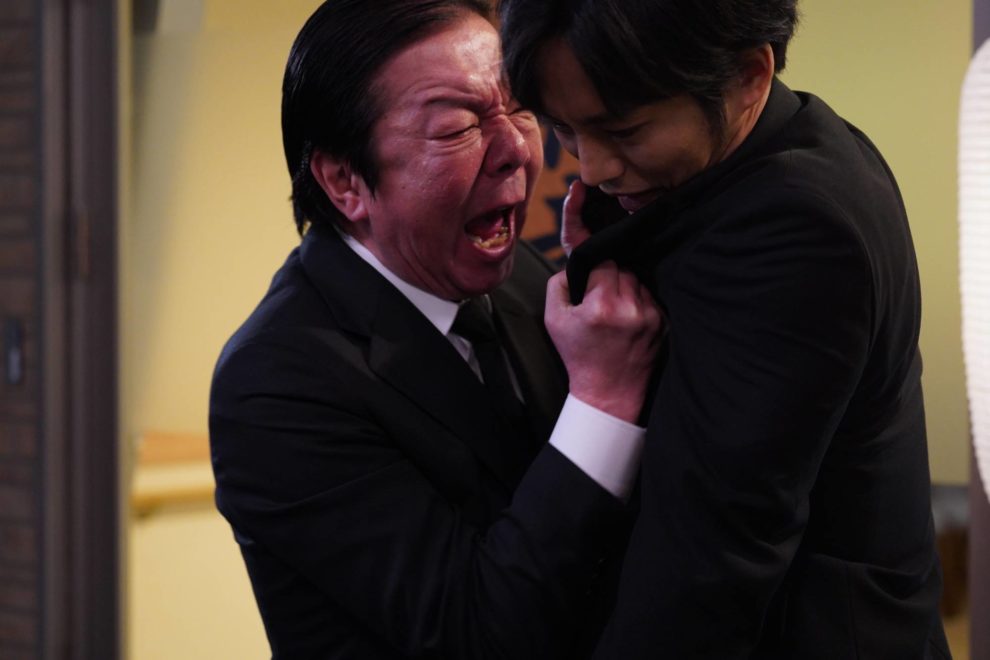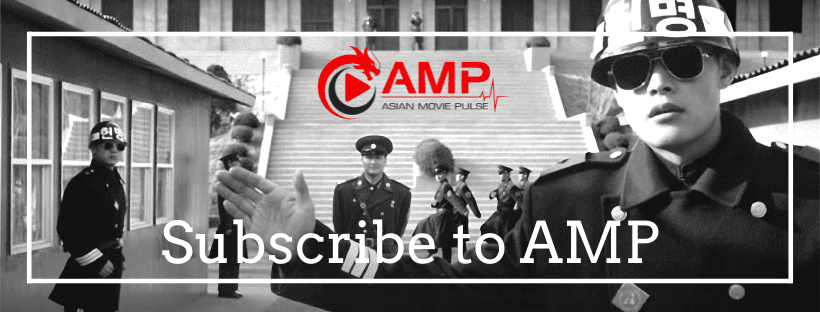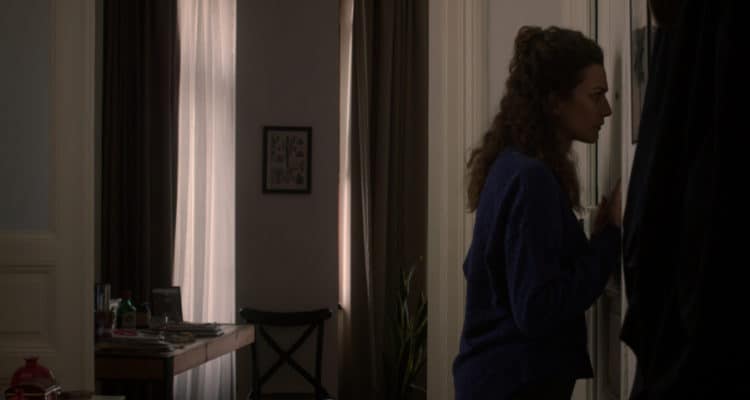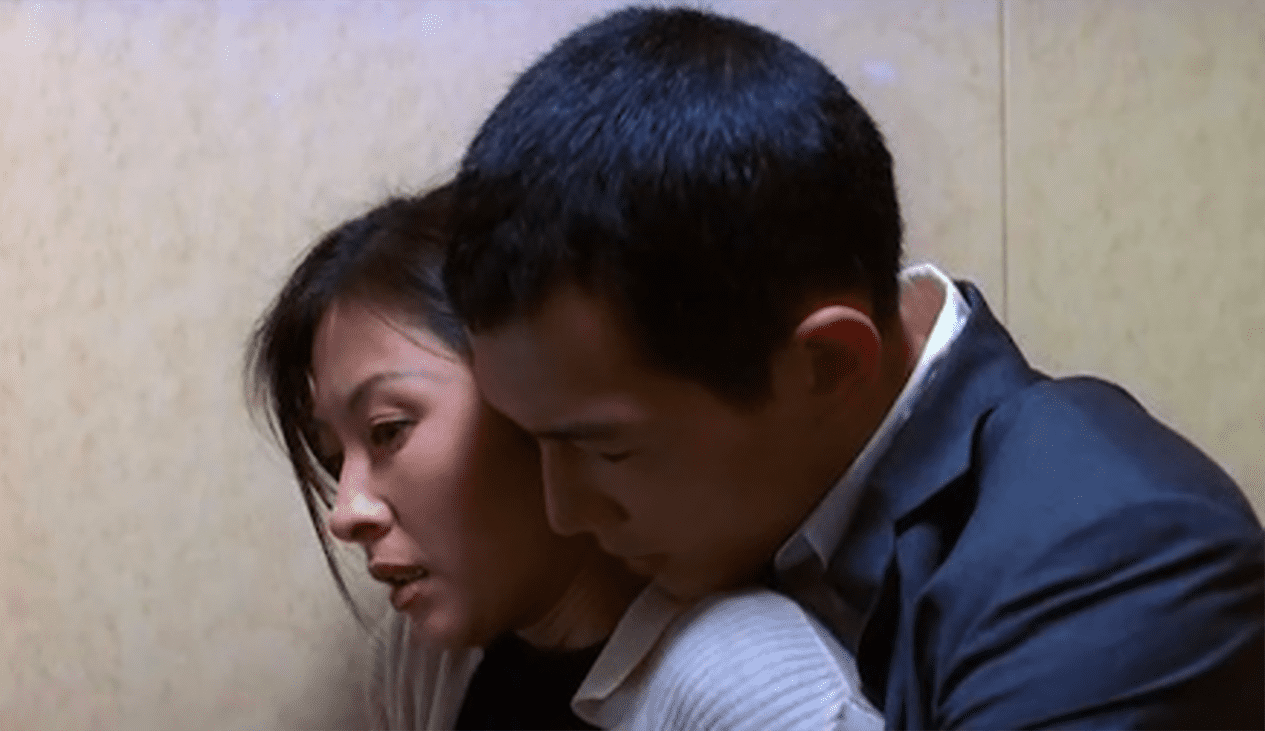For many media outlets, sensationalism has been the driving force which keeps their publications alive and their readers interested, even though, at times, it comes at the expense of those people their stories are about. With formats such as scripted reality and true crime, there is a certain interest in the obscure and the scandalous, you might say, which surely is served by many reporters, journalists and other people willing to go the extra mile to exploit the misery of others without going into too much detail what is behind the story. In his 2020 feature “Intolerance” Japanese director Keisuke Yoshida blends family drama with a look at the machinations of modern media, especially its more exploitative sides. The feature already screened at Tokyo International Film Festival, where it was part of a focus section dedicated to the recent and past works of the filmmaker.
Intolerance is screening at Nippon Connection

In a small coastal town in Japan, fisherman Mitsuru (Arata Furuta) follows his daily routine of catching crabs and other fish, with the help of his only employee Ryoma (Kisetsu Fujiwara), and a strict education for his one and only daughter Kanon (Aoi Ito). After the separation from his wife, due to his toxic temperament, he has become somewhat embittered, controlling his daughter's behavior, her way of clothing and even banning items such as cell phones, thinking she is too young for it. However, his world is about to change, when Kanon is killed in a fatal traffic accident, following her being chased by the owner of a local supermarket, Naoto (Tori Matsuzaka), who has caught her shoplifting.
As Mitsuru is stricken with grief and anger, and Naoto feels guilty for the way he behaved, the media gets hold of the family tragedy and its various aspects, the father's separation, the possibility of the girl having been bullied at school and the strained relationship between father and daughter. With the media trying to do their best to get an interview with the parties involved and exploiting the tragedy, Mitsuru first targets Kanon's teacher for being unaware of her martyrdom at school and later Naoto, who presumably has a history of molesting young girls.
As already indicated in the opening paragraph, there are two levels which constitute the overall story in “Intolerance”. Whereas the first one explores the family, as well as those parties involved in the tragic accident of Kanon, the other shows the media coverage and the way they try to pressure others, exploit the various twists and rumors surrounding the story and also how they shape the fates of the main characters. Especially the second angle, while not entirely new in a feature such as this, enhances the overall development of the characters, considering that many of their actions and the events which happen to them are motivated by the kind of media coverage, although not much of it can actually be seen in “Intolerance”. When a furious Mitsuru, angered at reporters following him to his home and not leaving him alone, becomes the victim of a popular meme on social media, we have one instance of many incorporated in the narrative, seemingly highlighting how one's tragedy can easily become a questionable source for entertainment in modern media culture.
At the same time, “Intolerance” is also an ensemble film. Even though actors Arata Furuta and Tori Matsuzaka give powerful performances as two people stricken by grief, anger and guilt, there are also many minor characters that are quite memorable, for example, the woman who runs into Kanon and her downward spiral of responsibility and blame, reinforced by the aforementioned insensitive media coverage. Additionally, Takayuki Shida's cinematography captures the microcosm of a small town becoming the center of attention due to the events and the media, and how public opinions constantly shifts against those parties portrayed as somehow guilty or behaving irresponsibly.
While the acting, the cinematography and the idea behind “Intolerance” certainly define a solid foundation, Yoshida's feature sadly also falls prey to the increasingly irritating tendency in Japanese cinema to over-explain some aspects whereas leaving others open. Rather than relying on the emotional impact of the story itself, emphasized by the aforementioned performances, the feature, especially in the last act, relies heavily on rather tacky, corny imagery and repetitive, unnecessary scenes adding nothing to the overall story.
In conclusion, “Intolerance” is a solid blend of family drama and a comment on the way the media exploit personal tragedy. Keisuke Yoshida directs a feature which convinces due to its performances and concept, while relying too much on over-explaining certain elements, making “Intolerance” outstay its welcome in the final act.
















